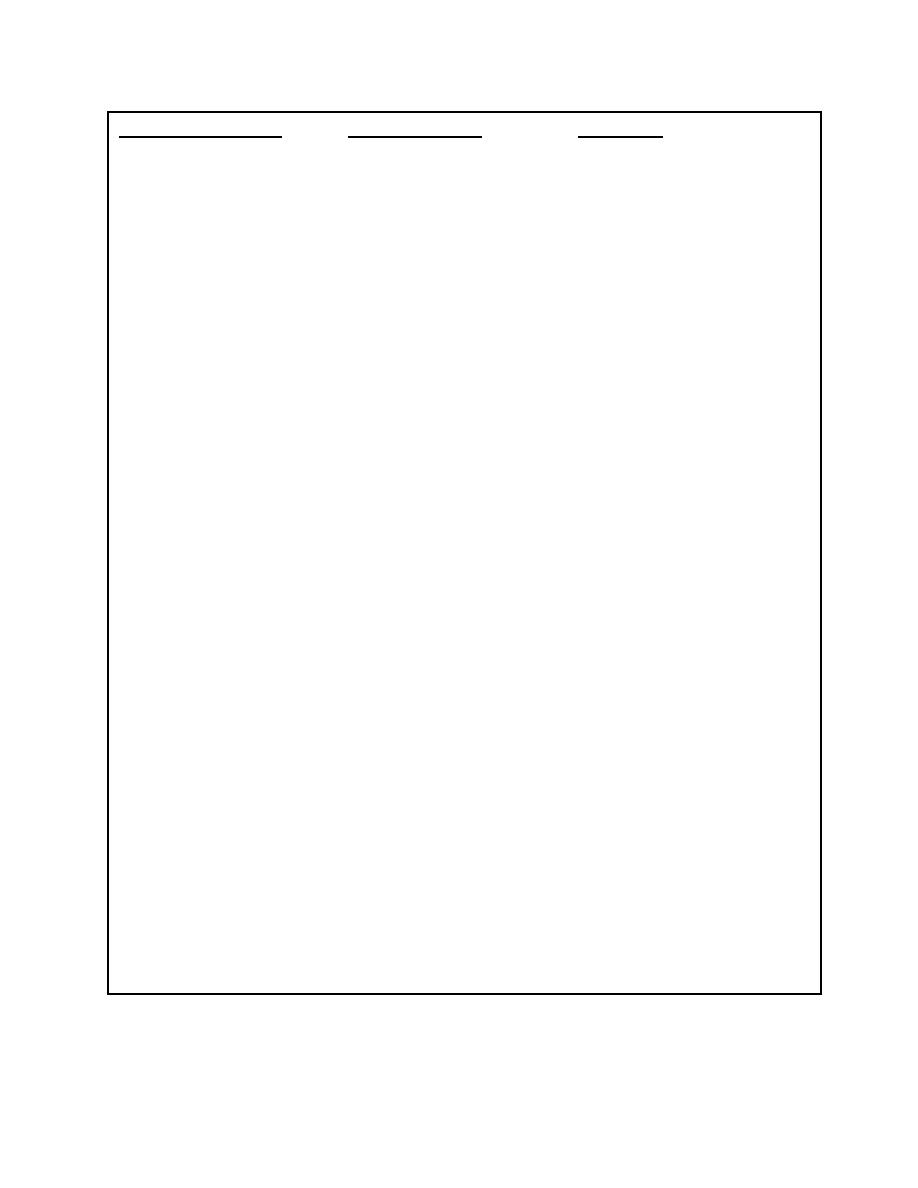

Fluid disappearance post-injection was considered to be a complete response. Macular fluid was classified as intraretinal (IRF) or subretinal fluid (SRF) according to the recent consensus guidelines. A mixed lesion was defined by the presence of both neovascular components: type 1 and type 2 MNV. Type II MNV (historically called ‘classic’ neovascularization) was defined by the presence of a neovascular membrane above the RPE layer. Type I MNV (historically called ‘occult’ neovascularization) was defined by the presence of a neovascular membrane under the RPE layer.

The reported predisposing factors for intraocular inflammation following brolucizumab injection include female gender, multiple past treatments, and frequent injections, among others. As the data evolves, the risk of serious adverse events is continuously updated ( accessed on ). However, concerns about safety with special reference to intraocular inflammation and vasculitis have dampened the initial enthusiasm for the drug. Nearly 50% of enrolled patients could receive 12 weekly injections, considerably reducing the treatment burden. The HAWK and HARRIER studies have established the non-inferiority of the new molecule brolucizumab compared to aflibercept, with some analyses suggesting a superior anatomic outcome.

This allows the manufacturer to pack a higher molecular concentration into the standard 0.05 mL volume, in the hope of increasing the durability of the molecule in the intravitreal compartment. The latest development in anti-VEGF therapy has been the introduction of brolucizumab, a 26 kDa anti-VEGF antibody that is far smaller than currently available agents such as ranibizumab, bevacizumab, or aflibercept. An alternative approach would be to look at more potent and durable formulations that obviate the need for intense therapy.
#Pro re nata take as needed cd pro#
Pro re nata injections and other less frequent injection protocols attempt to achieve this without compromise on visual outcomes. A decade’s experience of anti-VEGF therapy has taught us to minimize therapy and to maximize visual gains, thereby sparing patients the physical and psychological burden of multiple treatment visits and the potential threat of geographic atrophy (although this rarely manifests, if ever). Although these molecules provide excellent results when injected every month, visual loss is observed when the treatment is given less frequently. Anti-VEGF agents have revolutionized therapy for neovascular age-related macular degeneration (nAMD). Before the advent of anti-vascular endothelial growth factor (VEGF) therapy, thermal laser, intravitreal steroid injections, and photodynamic therapy, or a combination of these, were considered the standard of care. There are two forms of the disease-atrophic or neovascular-the latter being characterized by the formation of new blood vessels either under or above the retinal pigment epithelium (RPE). In conclusion, initial PRN brolucizumab for exudative AMD without a loading dose demonstrated significant visual improvement and no adverse events.Īge-related macular degeneration (AMD) is the leading cause of blindness in the elderly in industrialized countries. Patients received a mean of 2.2 ± 0.9 injections (in addition to the first mandatory injection) during the follow-up period. There was a significant decrease in CST at the end of the follow-up period ( p = 0.013). The mean gain in letters at the end of follow-up was 7.8 ± 3.5 letters. The mean baseline and final BCVA were 57.4 ± 4.5 letters and 65.3 ± 3.12 letters, respectively ( p = 0.014). The mean follow-up was 11.2 ± 1.2 months. Secondary outcome measures included the determination of change in central subfield thickness (CST) and complications. The primary outcome measure was changed to best-corrected visual acuity (BCVA) over time.

The PROBE study (Pro Re Nata Brolucizumab for Exudative AMD) is a retrospective, observational, multicentric study that included 27 treatment-naïve patients (27 eyes) with neovascular AMD who received PRN brolucizumab therapy with the treatment interval being at least 8 weeks, should the need for a second consecutive injection arise. The present study aimed to determine the efficacy and safety of pro re nata (PRN) intravitreal brolucizumab therapy for neovascular age-related macular degeneration (AMD) without a loading dose in the real-world setting.


 0 kommentar(er)
0 kommentar(er)
